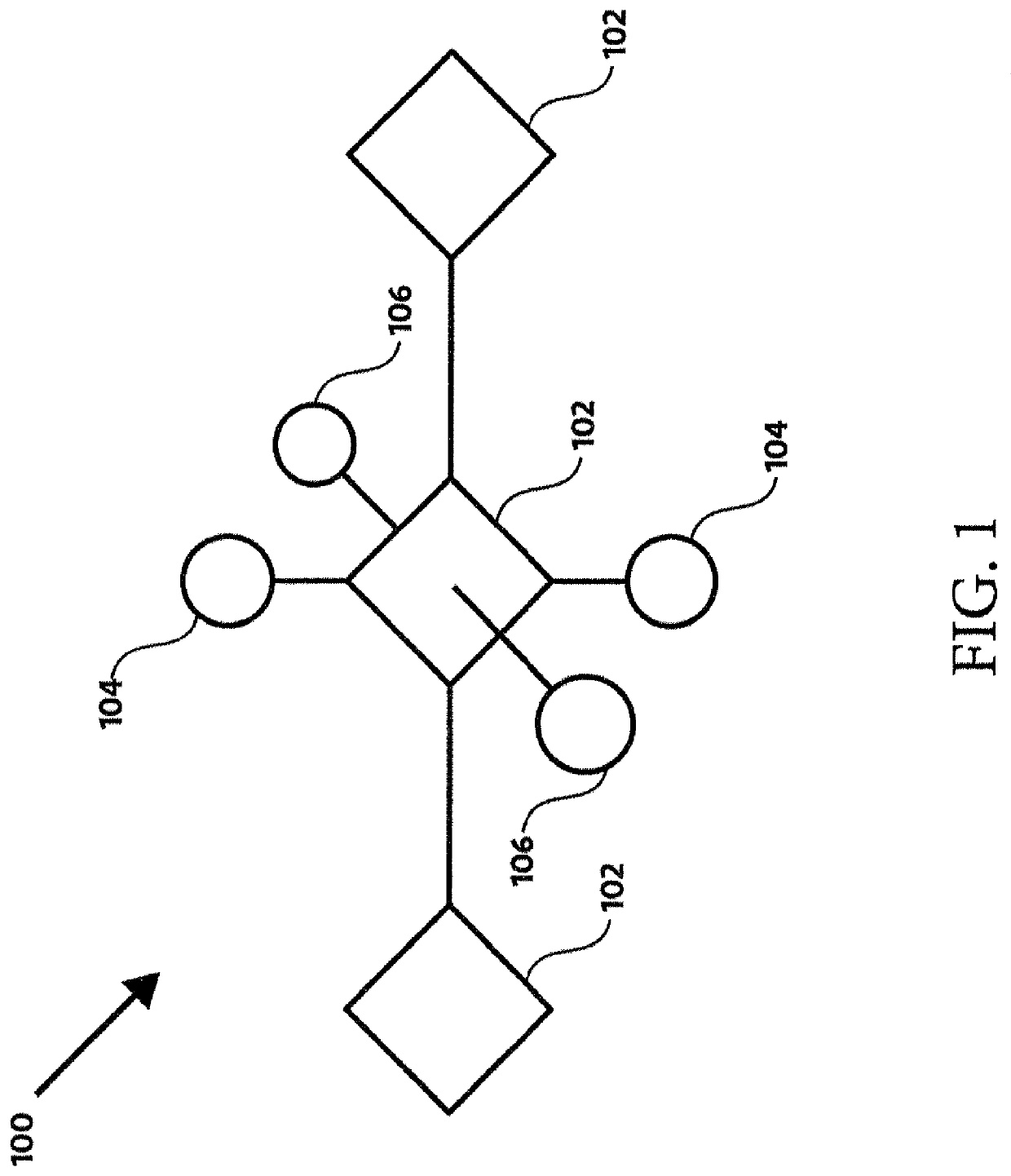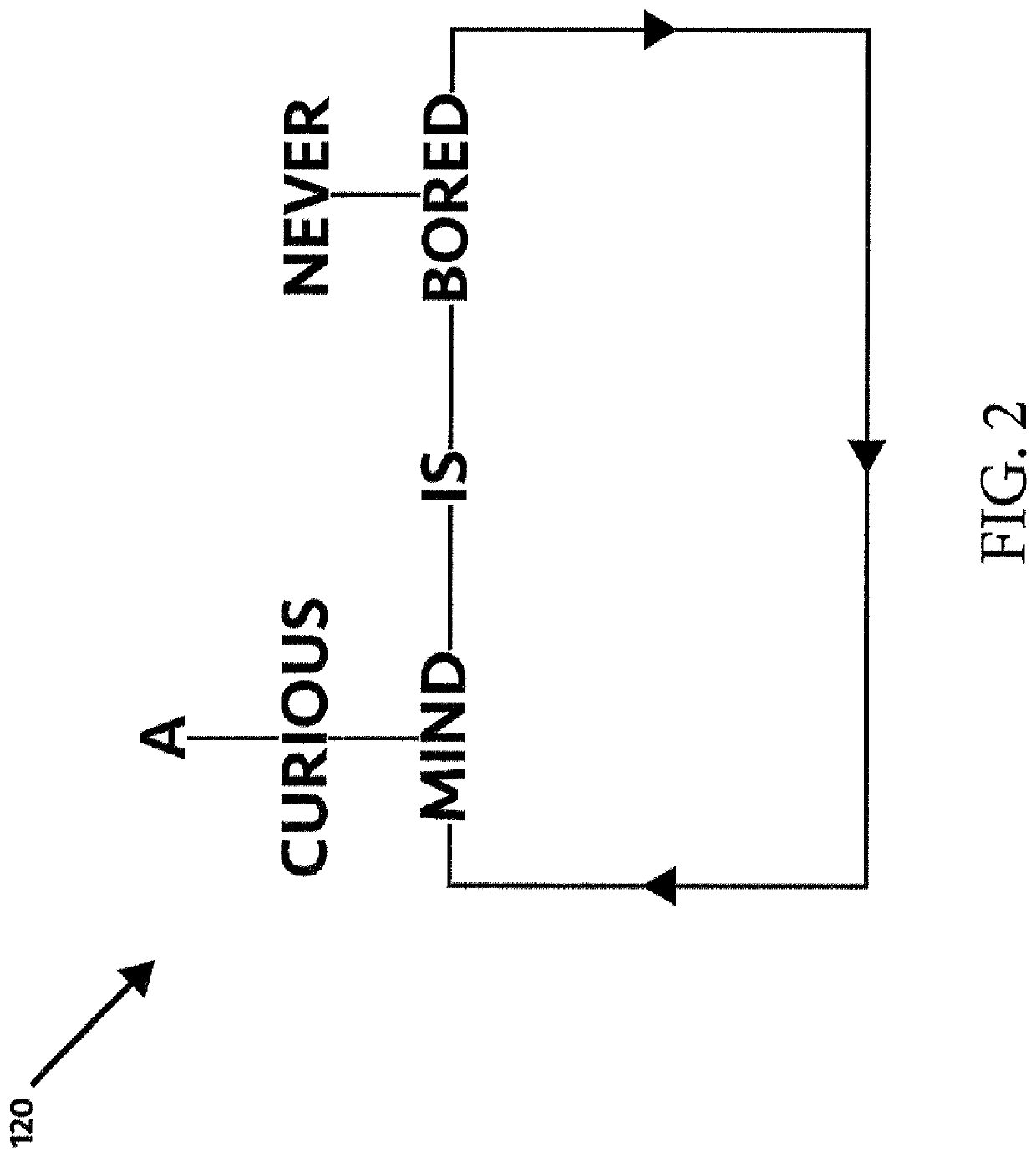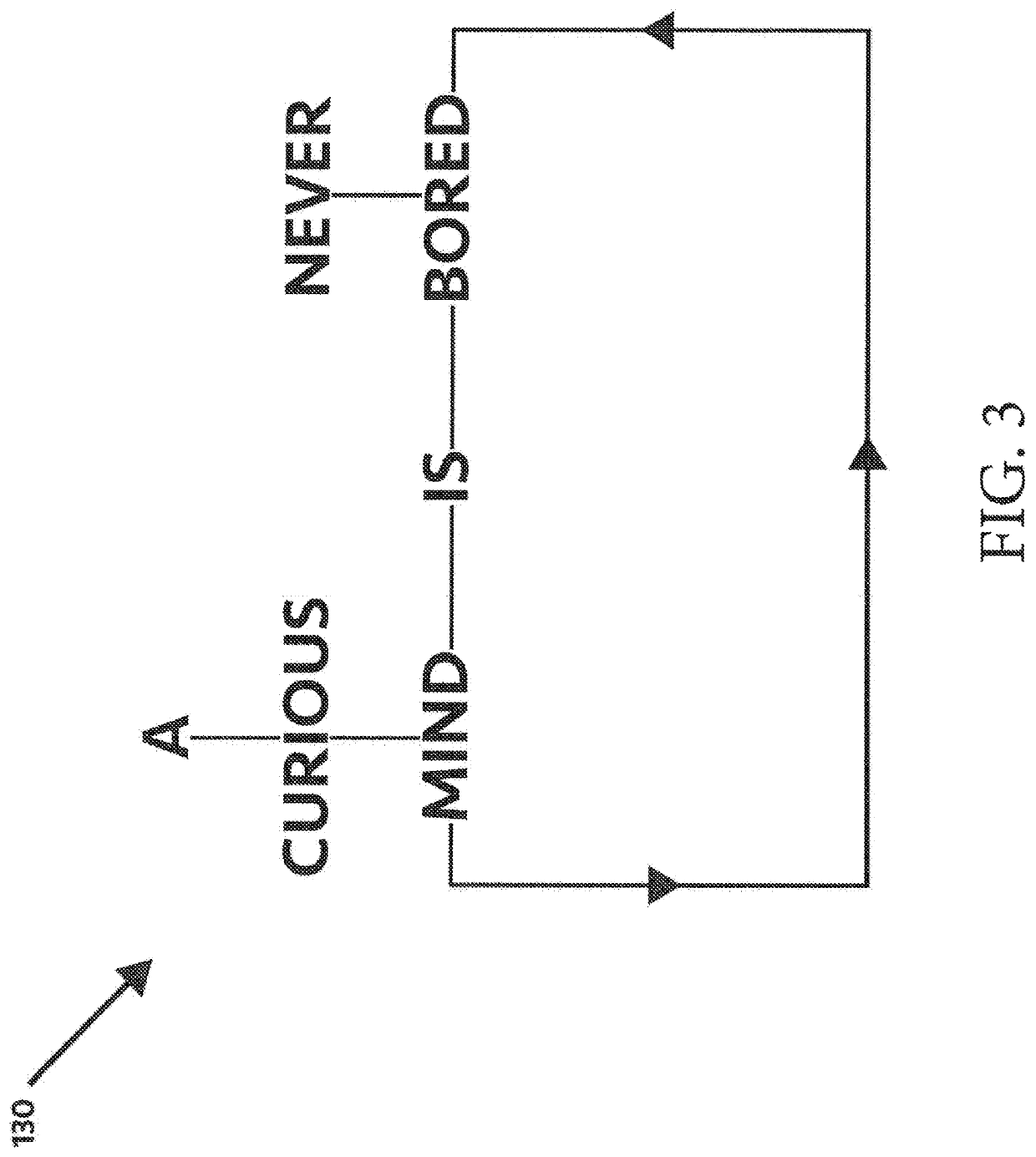Multi-dimensional parsing method and system for natural language processing
a multi-dimensional parsing and natural language technology, applied in the field of natural language translation, can solve the problems of limited function, speed and/or accuracy of parsing text such as words, phrases and sentences inside an electronic machine, and current-level machine translation is prone to generating inaccurate or unintelligible sentences,
- Summary
- Abstract
- Description
- Claims
- Application Information
AI Technical Summary
Benefits of technology
Problems solved by technology
Method used
Image
Examples
Embodiment Construction
[0033]The following is a detailed description of exemplary embodiments of the invention, which are depicted in the accompanying drawings. The exemplary embodiments are presented in such detail as to clearly communicate the invention and are designed to teach how to make and use these exemplary embodiments to a person of ordinary skill in the art. However, the amount of detail offered is not intended to limit the contemplated variations of the embodiments of the disclosed invention. On the contrary, the inventor intends to cover all modifications, equivalents, and alternatives falling within the spirit and scope of the disclosed invention, as defined by the appended claims.
Sentences
[0034]A sentence is a set of words that represents a thought or an emotion of an entity. Usually, a sentence has to possess some degree of syntax for it to properly convey meaning. It can also be used by one entity for communicating with a different entity. Greetings, making requests or commands, and shari...
PUM
 Login to View More
Login to View More Abstract
Description
Claims
Application Information
 Login to View More
Login to View More - R&D
- Intellectual Property
- Life Sciences
- Materials
- Tech Scout
- Unparalleled Data Quality
- Higher Quality Content
- 60% Fewer Hallucinations
Browse by: Latest US Patents, China's latest patents, Technical Efficacy Thesaurus, Application Domain, Technology Topic, Popular Technical Reports.
© 2025 PatSnap. All rights reserved.Legal|Privacy policy|Modern Slavery Act Transparency Statement|Sitemap|About US| Contact US: help@patsnap.com



